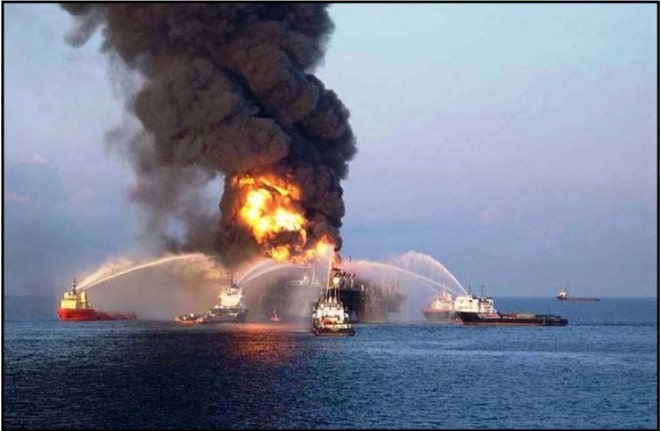Gov. Phil Bryant announced yesterday that the U.S. Department of the Treasury (Treasury) has issued grant awards for six Mississippi RESTORE projects.
“This is good news as we continue to propose and implement projects to support the economic and natural resource recovery of the Mississippi Gulf Coast and the entire Gulf region resulting from the oil spill,” Gov. Bryant said. “I had the opportunity to meet with Secretary Steven Mnuchin in May to discuss Mississippi’s priorities. The Mississippi Department of Environmental Quality and Treasury have, and will continue to work together, to improve the processes which will result in additional awards in the imminent future.”
The projects are:
Mississippi Aquarium ($17 million) — Direct Component funds and leveraged funding from the City of Gulfport will be used for construction of the Coastal Community Gallery Building on the Mississippi Aquarium campus. The Coastal Community Gallery Building is anticipated to be approximately 42,000 square feet (including tanks) and will serve as the primary aquarium building.
“The U.S. Department of the Treasury’s approval of RESTORE Act funding for the Mississippi Aquarium is confirmation of tireless work by countless people, from the Governor’s office to the local level, in seeing a grand vision through to fruition. It sets the stage for the next step of development for what will be the premier family attraction on our Gulf Coast. The timing could not be better!” said Billy Hewes, Mayor, City of Gulfport.
Stennis Hangar ($2 million) — Direct Component funds and leveraged funding from the Hancock County Port and Harbor Commission will be used to construct a new hangar at the Stennis International Airport. The hangar will be approximately 24,640 square feet and will support aerospace industry growth.
Off-Bottom Oyster Aquaculture ($1 million) — RESTORE funds will be used to support workforce development and job creation by developing and implementing a two-phase Off-bottom Oyster Aquaculture Program to support training in alternative oyster harvesting methods for Gulf Coast oystermen and fishermen. Includes the development of an off-bottom oyster farming park for the purposes of education, training, research and development of off-bottom oyster aquaculture farming along the Mississippi Gulf Coast.
Fiber Optic Infrastructure Planning ($5 million) – Funding for planning activities to identify the needs to improve fiber optic infrastructure along the Mississippi Gulf Coast. Planning activities may include, but are not limited to, assessing existing fiber optic infrastructure, identifying fiber optic infrastructure needs, and assessing applicable solutions to enhancing fiber optic infrastructure.
Earlier this month Treasury also approved awards for the Port Bienville Trans-Loading Terminal Facility Completion and the Jackson County Corridor Connector Road – Phase I projects.
Port Bienville Trans-Loading Terminal Facility Completion ($8 million) — RESTORE funding will be used to construct approximately 1,600 linear feet of rail spur, 1,200 linear feet of bulkhead, and 9,300 square yards of dock area. This project will improve the terminal for use in trans-loading of materials and will support container-on-barge operations. The terminal may also be used to support supply vessels in the offshore industry.
Jackson County Corridor Connector Road – Phase I ($10.2 million) — The Mississippi Gulf Coast has seen significant development near the intersection of I-10 and I-110 in recent years. Existing transportation networks have also developed to support the increase in traffic to the area; however, traffic congestion, system continuity, and traveler safety still pose challenges. This project will construct Phase I of a multi-phased project and will provide support to the existing transportation networks by constructing 1.1 miles of new roadway connecting Mallett Road/Sangani Boulevard to Cook Road.
These projects are part of Mississippi’s initial Multiyear Implementation Plan (MIP) which includes proposed projects totaling more than $54.1 million. The projects were proposed to the governor by the GoCoast 2020 Commission and announced in December 2015.
The RESTORE Act requires the state, through MDEQ, to prepare the MIP for Direct Component Funding, which is administered by the U.S. Department of the Treasury.
Some of the eligible activities that can be included in the state’s MIP include: restoration and protection of natural resources; mitigation of damage to natural resources; workforce development and job creation; improvements to state parks; infrastructure projects, including ports; coastal flood protection; and, promotion of tourism and Gulf seafood.




